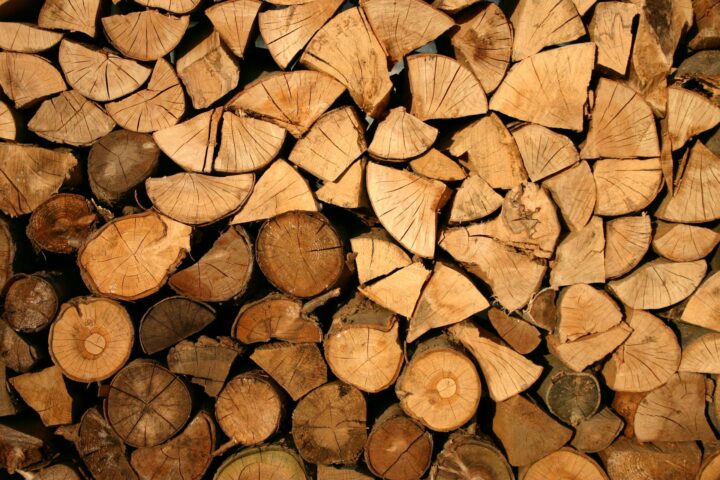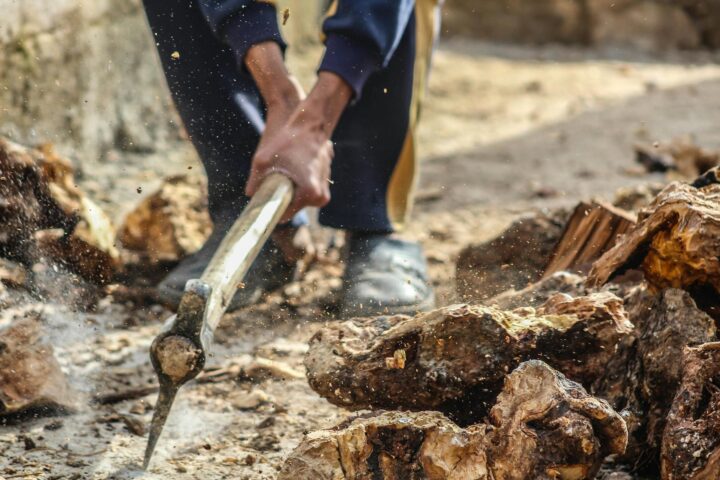-
The Environmental Value of Timber
Timber, as a natural and renewable resource, holds significant environmental value. In this article, we will explore the various ways in which timber contributes to environmental sustainability and conservation.
Carbon Sequestration
Trees, which are the source of timber, play a crucial role in carbon sequestration. As trees grow, they absorb carbon dioxide from the atmosphere and store it in their trunks, branches, and roots. This process helps mitigate climate change by reducing the concentration of greenhouse gases in the atmosphere.
Sustainable Forest Management
Timber production encourages sustainable forest management practices. Responsible harvesting of trees ensures that only a portion of the forest is cut, allowing the remaining trees to continue absorbing carbon dioxide and maintaining healthy ecosystems. Sustainable forest management also promotes biodiversity conservation and protects habitats for various plant and animal species.
Renewable Resource
Timber is a renewable resource that can be regrown and replenished. Through proper forest management techniques such as reforestation and afforestation, the timber industry ensures a continuous supply of wood while minimizing the impact on natural ecosystems. This sustainable approach helps maintain a balance between meeting human needs and preserving the environment.
Energy Efficiency
Timber is an energy-efficient material. It requires less energy to produce and process compared to many other construction materials like steel or concrete. Additionally, timber has excellent insulation properties, which contribute to energy efficiency in buildings. Timber structures can help reduce energy consumption by providing natural insulation and reducing the need for excessive heating or cooling.
Reduced Environmental Impact
Timber production generally has a lower environmental impact compared to other construction materials. The extraction and processing of timber consume fewer natural resources and generate fewer greenhouse gas emissions compared to materials like steel or concrete. Furthermore, timber production typically requires less water and produces less waste, making it a more environmentally friendly choice.
Circular Economy
Timber can be part of a circular economy model, where products are designed, produced, and used in a way that minimizes waste and maximizes resource efficiency. Timber products can be recycled, reused, or repurposed, extending their lifespan and reducing the demand for new materials. This approach helps reduce waste generation and contributes to a more sustainable and circular economy.
In conclusion, timber holds significant environmental value. From its ability to sequester carbon dioxide and promote sustainable forest management to its energy efficiency and contribution to the circular economy, timber plays a vital role in environmental sustainability. By embracing timber as a renewable and eco-friendly material, we can create a more sustainable future for generations to come.




